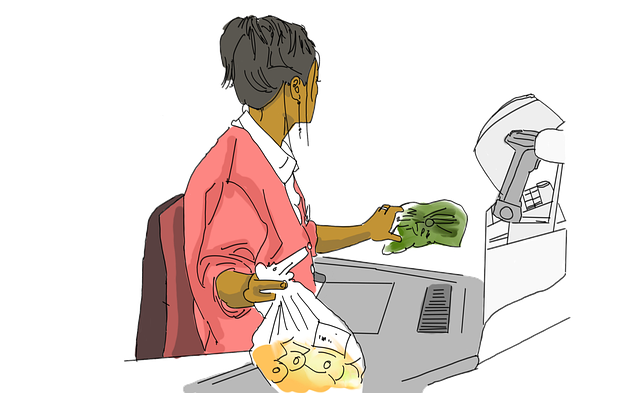In real estate, declining property values lead to lower mortgage interest rates due to reduced lender risk and higher demand for incentives. This inverse relationship fosters accessibility and affordability, benefiting borrowers and stimulating market activity. Investing in undervalued neighborhoods offers cost savings, community revitalization potential, and long-term growth prospects, creating a healthier, more inclusive real estate ecosystem.
In real estate, a higher location doesn’t always mean better returns. In fact, it often translates to higher interest rates on mortgages. This article delves into the inverse relationship between property location and interest rates, exploring how lower property values in certain neighborhoods can lead to reduced mortgage rates. We uncover the benefits of buying in undervalued areas for homeowners, offering insights that challenge conventional wisdom and could revolutionize your approach to real estate investment.
Understanding the Inverse Relationship Between Location and Interest Rates in Real Estate

In real estate, a key concept to grasp is the inverse relationship between location and interest rates. As properties become more remote or less desirable, the interest rates on mortgages tend to decrease. This phenomenon can be attributed to several factors. Firstly, lenders face lower risk in areas with slower property appreciation or fewer economic fluctuations. Consequently, they can offer competitive rates to attract borrowers. Additionally, lower demand for real estate in certain locations means that banks are more inclined to provide incentives to secure loans.
This dynamic plays a significant role in the affordability of properties and the overall accessibility of homeownership. When interest rates drop due to a location’s relative obscurity or economic stability, it becomes financially advantageous for prospective buyers to enter the market. Understanding this inverse correlation allows both lenders and borrowers to make informed decisions, with lenders strategically offering lower rates in stable, less popular areas, and borrowers benefiting from these opportunities to secure favorable loan terms for their real estate endeavors.
How Lower Property Values Correlate to Reduced Mortgage Rates

In real estate, a direct correlation exists between lower property values and reduced mortgage rates. When home prices decline, lenders typically adjust their interest rate offerings to stimulate demand and prevent further depreciation. This is driven by economic principles where lower entry barriers make homeownership more accessible to a broader range of buyers, thereby increasing market activity. As a result, borrowers benefit from cheaper financing options, which can significantly impact their long-term financial commitments.
The relationship between property values and mortgage rates operates in a feedback loop. A decrease in real estate prices often leads to increased competition among lenders vying for customers. To gain an edge, they offer more competitive interest rates, attracting prospective buyers who might have been deterred by the higher cost of borrowing in the past. This dynamic not only benefits first-time homebuyers but also experienced investors looking to navigate a market shift, fostering a healthier and more inclusive real estate ecosystem.
Benefits of Buying in Undervalued Neighborhoods for Homeowners

Buying homes in undervalued neighborhoods offers numerous advantages for homeowners. One of the key benefits is the potential for significant cost savings. These areas often have lower property values due to various factors, such as lack of amenities or limited access to major urban centers. As a result, buyers can secure more affordable real estate options, allowing them to invest in larger properties or allocate more funds towards home improvements and renovations.
Additionally, undervalued neighborhoods provide an opportunity for homeowners to contribute to the community’s growth and development. By investing in these areas, individuals can help spark revitalization efforts, attract new businesses, and improve overall quality of life. This upward trajectory can lead to increased property values over time, benefiting both existing residents and future investors alike, creating a positive cycle in the real estate market.






